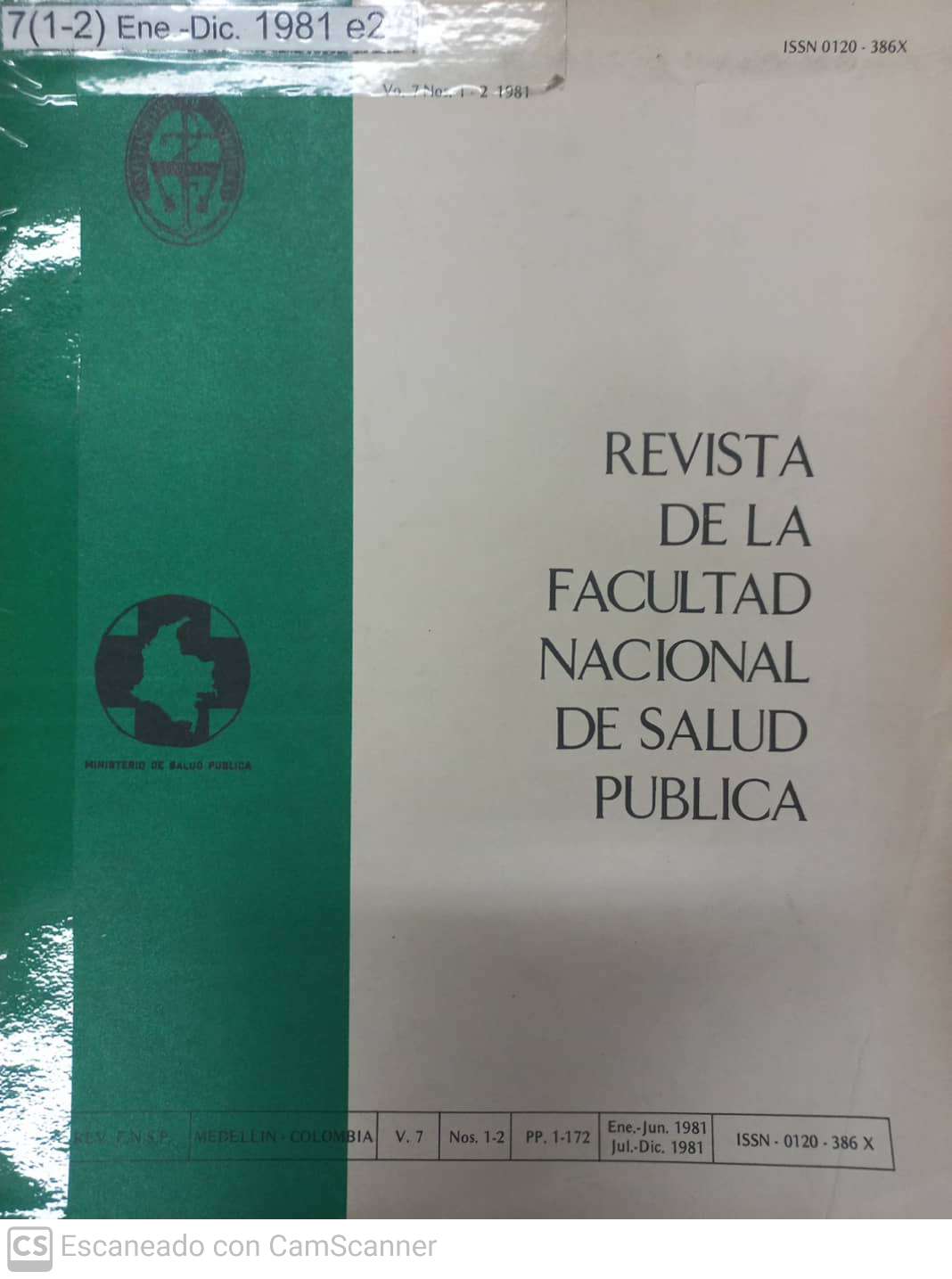DERMATOSIS OCUPACIONALES
Abstract
Occupational dermatoses are processes whose fundamental cause or one of their triggering factors is exposure to the work environment.
When it is suspected that a dermatitis may be of occupational origin, the following points should be taken into account:
1. previous contact with substances that are known with certainty to produce eczema. However, there are eczemas or dermatoses produced by substances recently introduced in the industry.
2. Existence of similar skin lesions in other employees in the same work area.
3. Existence of a temporal relationship between the exposure to the substance and the development of the lesions. In this regard, an allergic eczema does not appear until 4 or 5 days after the contact. A contact that is repeated periodically once a week, favors the maintenance of eczema. Irritative eczema or primary irritant eczema starts slowly and with minor symptoms in most cases. Therefore, the temporal relationship may be difficult to establish.
4. Coincidence of the appearance and location of the clinical manifestations with other similar cases. The hands are the most frequent location with uniform clinical appearance.
5. Exacerbation of lesions when performing certain jobs and remission when performing others. The improvement of the disease during absences from work, incapacity, vacations or weekends should be taken into account. However, with some frequency, the
Downloads
Downloads
Published
How to Cite
Issue
Section
License
Copyright (c) 2024 Juan Pedro Velásquez

This work is licensed under a Creative Commons Attribution-NonCommercial-ShareAlike 4.0 International License.
The contents of the articles are the responsibility of the authors
The editorial committee has editorial independence from the National School of Public Health "Héctor Abad Gómez" of the University of Antioquia.
The editorial committee is not responsible for aspects related to copying, plagiarism or fraud that may appear in the articles published in it.
When you are going to reproduce and disclose photographs or personal data in printed or digital format, informed consent is required. Therefore, this requirement is required of the author at the time of receipt of the manuscript.
Authors are responsible for obtaining the necessary permissions to reproduce any material protected by reproduction rights.
The authors preserve the moral rights and assign the economic rights that will correspond to the University of Antioquia, to publish it, distribute electronic copies, include them in indexing services, directories or national and international databases in Open Access, under the Creative Commons Attribution license -Not Commercial-Share Equal 4.0 International Commercial (CC BY-NC-SA) which allows others to distribute, remix, retouch, and create from the work in a non-commercial way, as long as the respective credit and license are granted. new creations under the same conditions.
The authors will sign the declaration of transfer of economic rights to the University of Antioquia, after the acceptance of the manuscript.
The editorial committee reserves the right to reject the articles whose authors do not offer satisfactory explanations about the contribution of each author, to meet the criteria of authorship in the submission letter. All authors must meet the four criteria of authorship according to ICMJE: "a) .- That there is a substantial contribution to the conception or design of the article or to the acquisition, analysis or interpretation of the data. b) That they have participated in the design of the research work or in the critical review of its intellectual content. c) .- That has been intervened in the approval of the final version that will be published.d). That they have the capacity to respond to all aspects of the article in order to ensure that issues related to the accuracy or integrity of any part of the work are adequately investigated and resolved. "








 --
--  --
--
